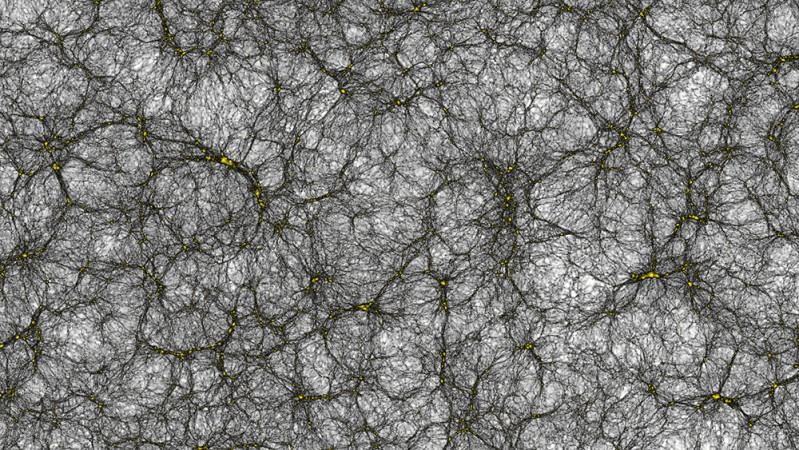
A team of researchers from University of Zurich (UZH) have created a supercomputer which simulates the formation of our universe. It can help in finding out more about the nature of dark matter in space.
Also Read: Human Colonization on Mars: Sex in space remains a major concern for scientists [VIDEO]
An enormous catalogue of about 25 billion virtual galaxies has been generated from two trillion digital particles. This catalogue is being used to calibrate the experiments on-board Euclid satellite.

Euclid refers to a space mission which is presently under development by the European Space Agency (ESA). The mission aims at investigating the dark side of the universe.
"Euclid will perform a tomographic map of our Universe, tracing back in time more than 10-billion-year of evolution in the cosmos," said researcher Joachim Stadel.
It took three years for the researchers to complete the computer code -- PKDGRAV3 – and execute it on the supercomputer for 80 hours. It helped in generating a virtual universe of two trillion (i.e., two thousand billion or 2 x 1012) macro-particles representing the dark matter fluid, from which a catalogue of 25 billion virtual galaxies was extracted.
The calculation of the researchers was highly accurate, featuring a dark matter fluid evolving under its own gravity. They have simulated the formation of a small concentration of matter, called dark matter halos, in which galaxies like Milky Way are believed to form.
A dark matter halo is a hypothetical component of a galaxy, which surrounds the galactic disc and extends well beyond the edge of the galaxy.
The challenge of this simulation was to model galaxies as small as one tenth of the Milky Way, in a volume as large as our entire observable Universe. This was the requirement set by the European Euclid mission.
The team of astrophysicists believes that around 95 percent of the universe is dark and that space comprises of 72 percent dark energy and 23 percent dark matter.
"The nature of dark energy remains one of the main unsolved puzzles in modern science," says Romain Teyssier, UZH professor for computational astrophysics.

















